Is being a Fashion Designer your dream career option? Check out the complete step by step process on how to become a Fashion Designer, Eligibility, Exams, Skills Required and Salary in 2023.
Fashion designers are creative professionals who conceptualize, design, and bring to life clothing, accessories, and other fashion items. They analyse current trends in the fashion industry and utilise their creativity to design functional & aesthetically appealing outfits. By 2025, it is predicted that the Indian fashion industry will grow at a CAGR of 11-12% to achieve a valuation of $115-125 billion.
Pursuing a fashion designer career requires aspirants to complete a fashion designing course at the UG level. Moving forward, they should focus on gaining the requisite skills and hands-on experience through internships. Through a solid fashion design portfolio, aspirants can kickstart their careers as fashion designers.
Table of Contents
- How to Become a Fashion Designer in India?
- Who is a Fashion Designer?
- What does a Fashion Designer do?
- Types of Fashion Designers
- Fashion Designer Salary in India
- Pros and Cons of Becoming a Fashion Designer
How to Become a Fashion Designer in India?
Find out how to become a fashion designer through the step-wise process given below.
- Step 1: Identify Key Skills
- Step 2: Complete Qualifications
- Step 3: Build a Portfolio
- Step 4: Develop a Professional Network
- Step 5: Get Hands-on Experience and Seek Job Opportunities
- Step 6: Develop Business Skills
- Step 7: Launch your Own Fashion Line
- Step 8: Stay up-to-date with the Industry Trends
Step 1: Identify Key Skills
Before pursuing a fashion design course, it is vital for an aspirant to know what it takes to be a fashion designer. The top fashion designer skills required to excel in this career are provided in the table below.
|
Sketching Designs |
Awareness of current fashion trends |
|
Creativity |
Sewing Skills |
|
Drawing Skills |
Multi-Tasking |
|
Attention to Detail |
Time Management Skills |
|
Visualisation |
Communication Skills |
|
Business Acumen |
Interpersonal Skills |
|
Decision-Making Skills |
Real-Time Problem-Solving Skills |
|
Colour Theory |
Pattern Making |
|
Fashion Illustration |
Textile Knowledge |
Step 2: Complete Qualifications
The next step to becoming a Fashion Designer is to pursue an undergraduate course with a specialisation in Fashion Design such as a Bachelor of Fashion Design, Bachelor of Science in Fashion Design, or Bachelor of Arts in Design, etc.
The top Fashion Design courses after 12th along with their fees are listed below.
|
Course Name |
Entrance Exams |
Average Annual Fees |
|
NID DAT, UCEED, NIFT |
INR 1,50,000-4,00,000 |
|
|
NIFT, NID DAT, UCEED, AIEED |
INR 60,000-3,00,000 |
|
|
UCEED, CEED, NIFT, and NID |
INR 20,000-3,00,000 |
|
|
NIFT – GAT |
INR 50,000-5,70,000 |
|
|
- |
INR 80,000 - 1,25,000 |
|
|
UCEED, CEED, NIFT, and NID |
INR 80,000-4,00,000 |
Also, Check: List of Fashion Designing Entrance Exam After 12th
Upon completion of the bachelor’s course, candidates have two options. Either they can choose to pursue a master’s or look for entry-level job roles. Candidates can pursue a fashion design degree at the postgraduate level by opting for one of these master’s degree programs:
|
Course Name |
Entrance Exams |
Average Annual Fee (INR) |
|
M.Des Fashion Design |
CEED, NID DAT, NIFT, GATE, IICD Exam, IIAD |
INR 1,00,000-3,00,000 |
|
CAT, MAT |
INR 50,000-5,00,000 |
|
|
GMAT, XAT, CAT |
INR 60,000-2,00,000 |
|
|
NIFT MFM Entrance Exam |
INR 1,00,000-6,00,000 |
|
|
NID Entrance Exam, NIFT, UCEED, SEED, UID DAT |
INR 20,000-2,50,000 |
|
|
MA in Fashion Design |
NIFT |
INR 50,000-2,20,000 |
|
MA in Fashion Management |
CAT, GMAT, NIFT MFM and MAT |
INR 60,000-2,00,000 |
Step 3: Build a Portfolio
It is beneficial for aspirants to create a portfolio of their designs from an early stage. Their portfolio must include all the sketches, patterns or prototypes created during coursework or internships. A good portfolio will certainly attract the attention of the employer.
The aspirant should also focus on creating a physical portfolio which tells the story and the creative idea behind the designs with illustrations, fabric swatches, photos, artwork, etc. Creating a digital portfolio is like a virtual resume for fashion designers in current trends, a digital portfolio includes designs, site navigation, products and listings on a website with information about each pattern, design and designer.
Step 4: Develop a Professional Network
An aspiring fashion designer should seek opportunities to connect with fellow aspirants and established fashion designers. By joining professional groups, attending fashion shows, and taking part in contests, aspirants can expand their network.
Step 5: Get Hands-on Experience and Seek Job Opportunities
So far, aspirants have acquired all the theoretical knowledge by completing the fashion designer qualifications. It is time to apply the knowledge gained during the fashion design course in the real world.
This can be done by pursuing fashion design internships. Aspirants can find internship opportunities at established companies, or they can work with experienced fashion designers. It will help them in getting hands-on experience in the fashion sector & develop professional connections.
Aspirants are now ready to start their careers in fashion design. They must apply for various job roles through online portals.
Instead of applying for jobs, candidates can also become self-employed fashion designers. Moreover, a sufficient amount of capital is needed to start a business. However, they will be responsible for each and every aspect, including designing, manufacturing, marketing, and selling their designs.
Step 6: Develop Business Skills
Fashion designers are expected to be very creative in their work and to make business out of their work they need to excel in business skills. Fashion designers who are aiming to launch their fashion line should be able to strategise their marketing plan, sales, and procurement, to make a mark and earn profits. Listed below are some of the important business skills that a fashion designer must have:
- Financial management
- Marketing Strategy
- Customer Service
- Communication and negotiation
- Delegation and Time Management
- Leadership
- Problem-Solving
- Project Management
Step 7: Launch Your Own Fashion Line
Most fashion designers after graduation dream of launching their own fashion brand after gaining a few years of experience in the fashion industry. Setting up a fashion brand involves the same process as starting any business. Given below are the processes involved in launching a fashion line:
- Analysing the initial investment
- Sourcing for Capital Fund
- Sourcing external assistance for legal and financial matters
- Planning the production and distribution
- Recruiting the Resources
- Identifying the Target Audience
- Identifying the market trend
- Finalise the brand name, logo, price range, packaging
- Plan the sales concepts and strategy before it hits the market
Step 8: Stay up-to-date with the Industry Trends
Note that the fashion industry is dynamic in nature, and fashion trends keep changing from one season to another. Therefore, it is crucial to stay updated with the latest trends to secure decent jobs.
Aspiring fashion designers can also work with fashion companies or retailers on short-term contracts as a freelancer.
Also, Check: Career as a Fashion Blogger
Who is a Fashion Designer?
A creative professional who sketches and designs patterns for garments, accessories, footwear, etc, is a fashion designer. A typical day in the life of a fashion designer involves researching the latest fashion trends, selecting the appropriate fabrics, sketching patterns, and coordinating with the design team. An aspiring fashion designer must have a creative bent of mind and an eye for detail.
What does a Fashion Designer do?
As a fashion designer, candidates will be involved in sketching and outlining patterns, designing clothing, picking suitable fabrics, and a lot more. Let us look into the fashion designer's duties and responsibilities in brief:
- Create Designs: Most importantly, a fashion designer develops preliminary designs using manual or digital tools such as computer-aided design programs. With the help of CAD programs, it becomes easier to modify elements, colours, and textures.
- Choosing Materials: Fashion designers also select the material or fabric for the product. Factors like durability, colour, texture, and sustainability, current fashion trends are taken into consideration while selecting the material.
- Developing Prototypes: After creating designs and picking the right material, fashion designers develop a sample/prototype of the complete design.
- Selecting Collection Themes: Many fashion designers design collections of clothing and other accessories rather than designing different standalone items. For this purpose, they select themes & create relevant designs depending on the trends & seasons.
- Marketing Collections: A fashion designer is involved in marketing designs. They may market to retailers or directly reach out to consumers through online mediums.
- Overseeing Production: Some well-established fashion designers contract skilled workers and manufacturing houses to handle the process of production. However, they oversee the production, which involves going to the manufacturing facility and reviewing the finished product.
Types of Fashion Designers
Candidates aspiring to become fashion designers must take a look at the different types of fashion designers and their responsibilities.
1. Apparel Fashion Designer
Also called clothing designers, they are responsible for designing various kinds of outfits like casual, party wear, etc. Essentially, they design clothes for individual clients as well as several events and fashion shows.
2. Footwear Designer
As the name suggests, their job is to design various kinds of footwear. Majorly, they work in retail companies, high street shops, and manufacturing industries.
3. Fashion Accessory Designer
They design accessories like jewelry, belts, handbags, and other items. Notably, they need to make sure all the accessories complement the complete look.
4. Costume Designer
They create costumes for motion pictures & television productions. Costume designers collaborate with directors who choose the right attire based on their production requirements.
5. Jewelry Designer
They design matching accessories using metals like gemstones, beads, and diamonds. A jewelry designer should have knowledge of various processes, like cutting, welding, setting stones, polishing, engraving, etc.
Eligibility to Become a Fashion Designer
Aspirants must be aware of the eligibility for fashion designing and other fashion designer requirements in order to start their career In fashion designing. The required criteria are mentioned as follows.
- An aspirant must pass 10+2 from a recognised board with at least 50% marks.
- Candidates should crack any of the entrance exams from NID, NIFT, AIEED, SEED, UCEED, etc., to get admission to bachelor’s courses.
- A fashion design bachelor’s course must be pursued by a candidate. The minimum mark required at the graduation level is 55%.
- To apply to a PG fashion designing course, the minimum requirement is the completion of graduation in a related field with a minimum of 45% marks.
Best Fashion Designing Colleges in India
The average Fashion Designing course fee ranges from INR 1-12 LPA. Many top-tier colleges in India offer fashion design courses at the undergraduate and postgraduate levels. Find the list of the best fashion designing colleges in India below.
|
Name of the College |
Average Fees |
|
INR 2,71,000 PA |
|
|
INR 2,97,000 PA |
|
|
INR 3,35,000 PA |
|
|
INR 7,60,000 PA |
|
|
INR 11,00,000 PA |
|
|
INR 4,45,000 PA |
|
|
INR 3,40,000 PA |
|
|
INR 6,12,000 PA |
|
|
INR 1,65,000 PA |
Also, Check: Best Design Colleges apart from NIFT & NID
Best Reference Books for Fashion Designers
Selecting the right fashion design books is important when it comes to entrance exam preparation. Here we have compiled a list of the best books and study materials for aspiring fashion designers:
|
Reference Book |
Author |
|
NIFT Exam Guide |
Verma |
|
Popular Master Guide |
R.Gupta |
|
Pattern Making for Fashion Design |
Jay Calderin |
|
The Fashion Design Reference & Specification Book |
Jay Calderin |
|
Fabric for Fashion |
Clive Hallett |
Read More: Books to Study for Design Entrance Exams
Fashion Designer Salary in India
The average fashion designer salary in India is INR 3,87,990 per year. However, with more industry experience & skills, there will be an increase in the salary package. Factors like geographical location and the type of positions also play a huge role when it comes to salary.
Based on their experience, fashion designers shall earn the following salary figures on an annual basis.
|
Level |
Experience (in years) |
Average Annual Salary (INR) |
|
Entry Level Fashion Designer |
Less than 1 year |
INR 3,01,590 |
|
Early Career Fashion Designer |
1-4 years |
INR 3,48,999 |
|
Mid-Career Fashion Designer |
5-9 years |
INR 5,30,745 |
|
Experienced Fashion Designer |
10-19 years |
INR 6,00,000 |
Here are the fashion designer salary details depending on the job role of the candidate:
|
Job Role |
Average Annual Salary (INR) |
|
Fashion Stylist |
INR 4,91,021 |
|
Retail Manager |
INR 5,06,718 |
|
Textile Designer |
INR 4,80,042 |
|
Apparel Designer |
INR 4,20,000 |
|
Fashion Accessory Designer |
INR 4,80,000 |
|
Jewelry Designer |
INR 3,40,000 |
|
Costume Designer |
INR 2,40,000 |
Also, Check:
Top Companies Hiring Fashion Designers in India
There are abundant career opportunities in fashion design, and a number of leading companies recruit fashion designers across India. The list of top companies hiring for Fashion Designers can be checked here:
|
Top Recruiters |
Average Salary |
|
Raymonds |
INR 5.3 LPA |
|
Allen Solly |
INR 4.6 LPA |
|
AND |
INR 5 LPA |
|
Swarovski |
INR 4.9 LPA |
|
Adidas |
INR 6.3 LPA |
|
Spykar |
INR 3.7 LPA |
|
Bata |
INR 6.7 LPA |
Top Employment Sectors for Fashion Designers
The scope of fashion designing is huge, and plenty of fashion designer jobs are available in various employment sectors. Candidates can work as fashion designers in the following sectors/industries:
- Corporate businesses
- Consulting Firms
- Media Houses
- Leather companies
- Colleges and universities
- Garment stores
- Textile mills
- Retail Chains
- Jewellery and Footwear shops
- Fashion Boutiques
Pros and Cons of Becoming a Fashion Designer
Any career involves its own set of benefits and challenges. However, those willing to build a career as a fashion designer must of through the following pros and cons:
Pros of Becoming a Fashion Designer
- Fashion designers have creative freedom as they use different materials, colours, and textures to create unique designs.
- There is high job satisfaction among fashion designers as their work is quite rewarding. They produce designs that create an impact in the industry.
- Fashion designers get global exposure as they can interact and collaborate with individuals from various parts of the world.
Cons of Becoming a Fashion Designer
- Fashion designers have to put in a lot of effort and creativity to create designs that are unique and impactful since there is huge competition in this industry.
- Fashion designers have to work for long hours and with tight deadlines, which becomes quite stressful at times.
- A self-employed financial designer can face financial challenges in terms of obtaining funding and managing inventory and cash flow
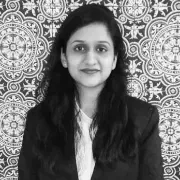

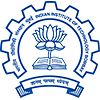

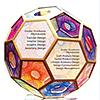
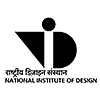

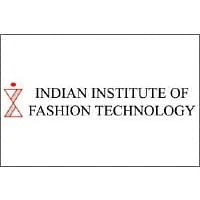
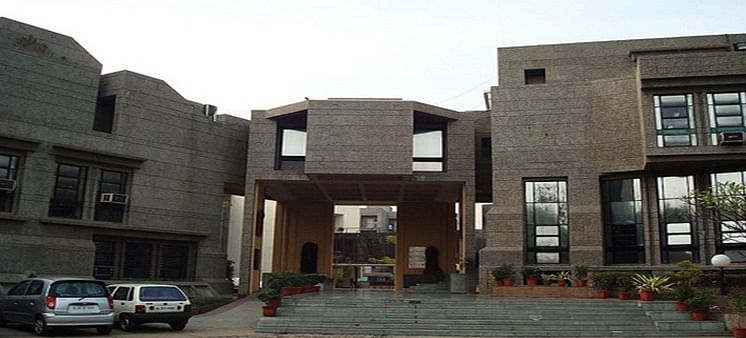

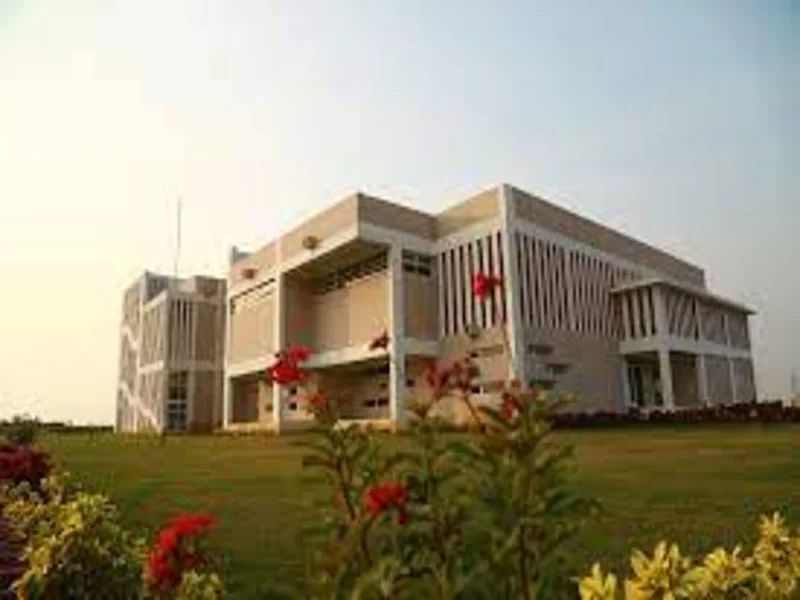

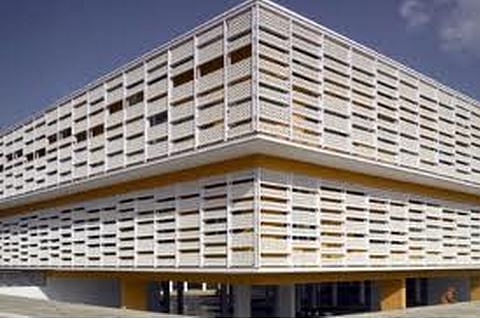

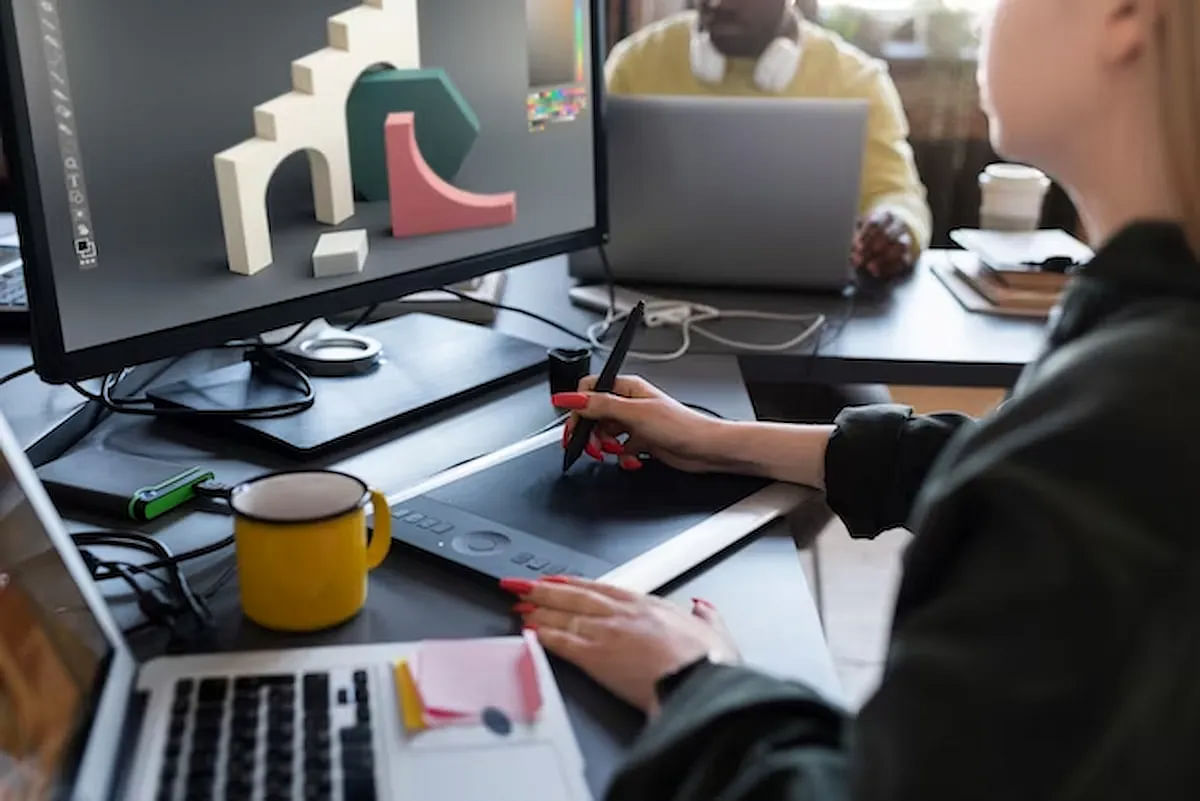

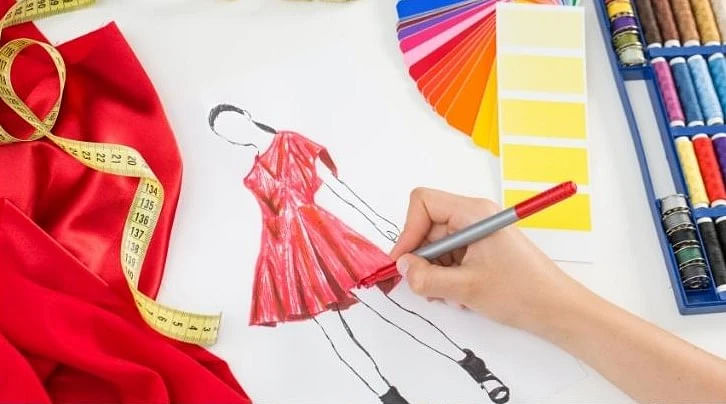
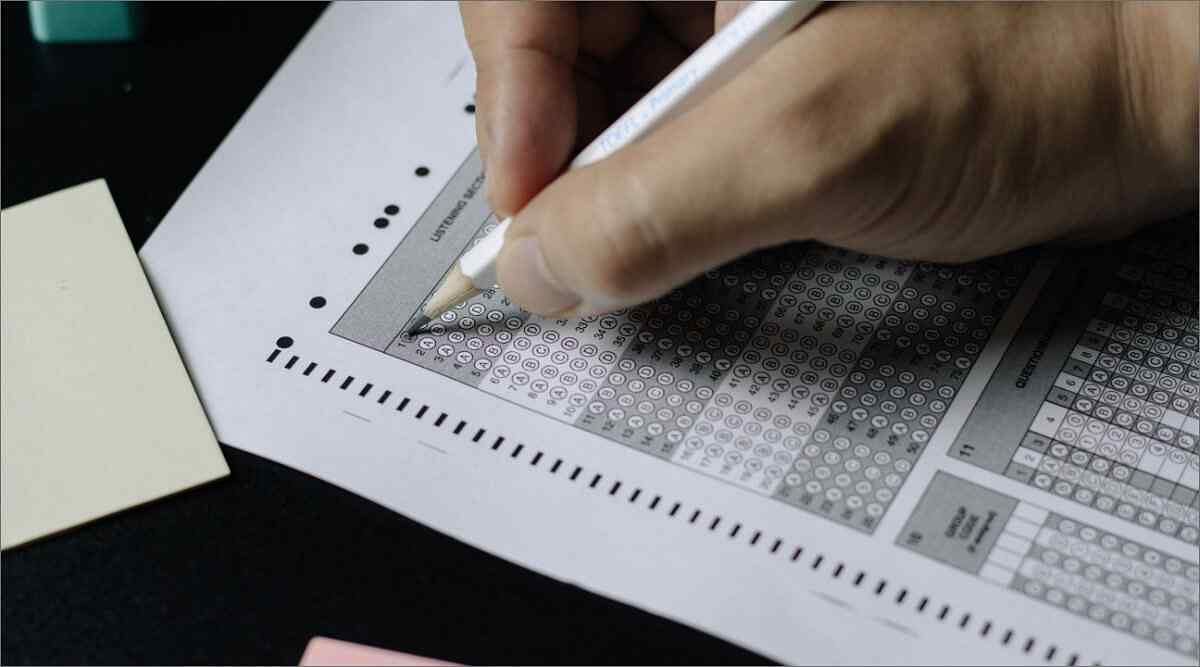
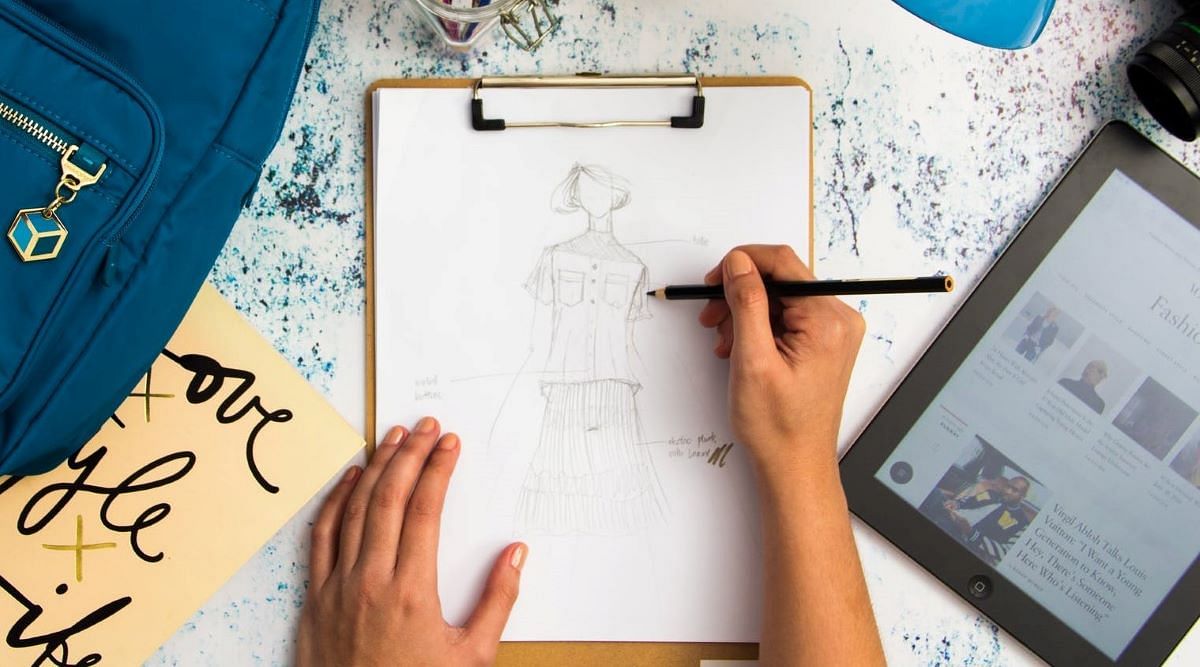

POST YOUR COMMENT